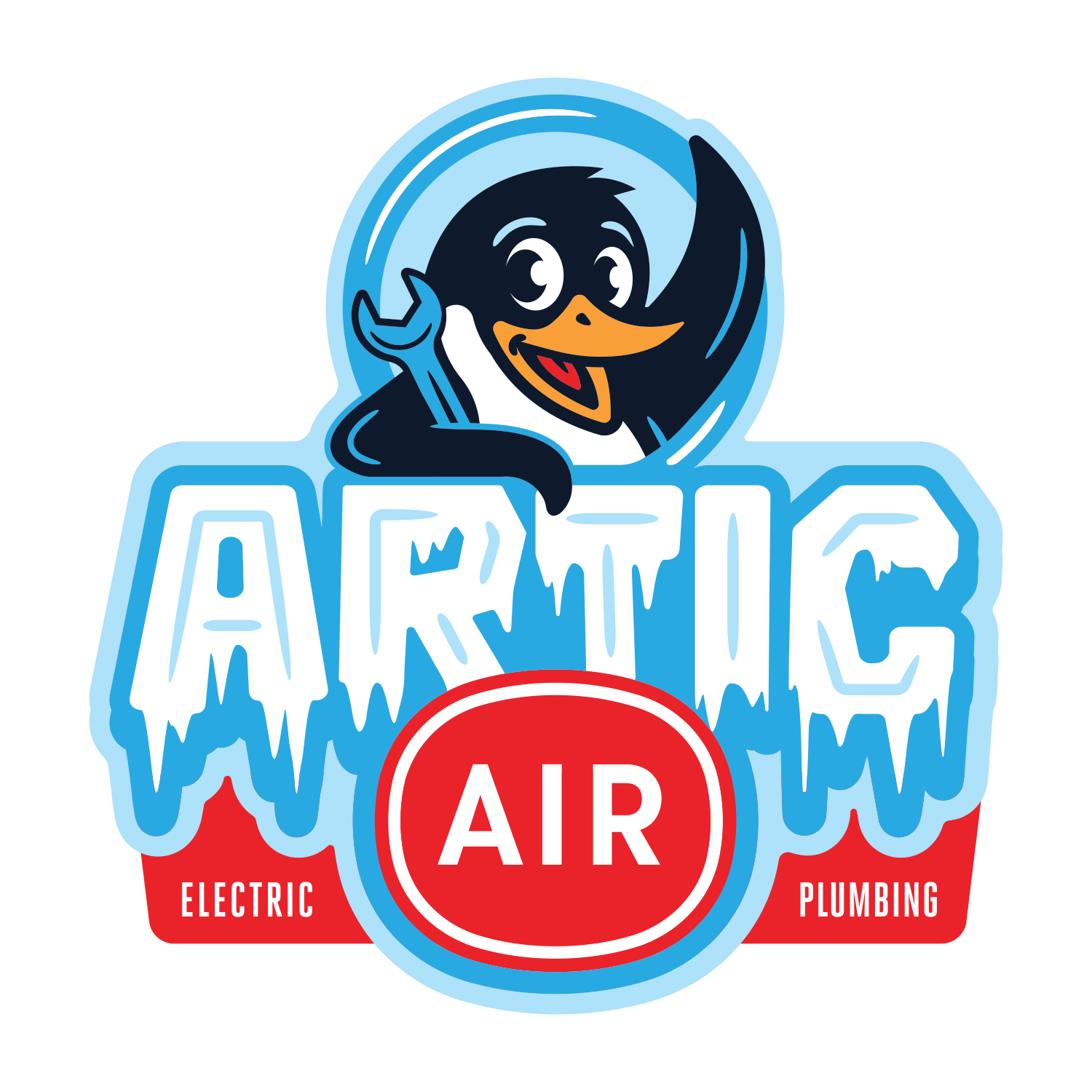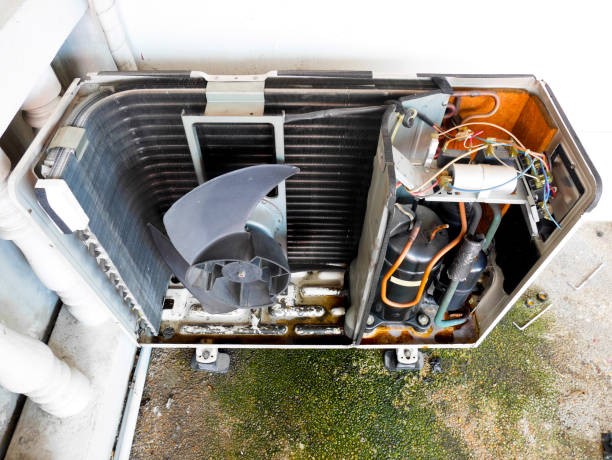Efficient heating, ventilation, and air conditioning (HVAC) systems are pivotal for maintaining comfort in your home. However, what many homeowners might not realize is that the type of ductwork installed plays a crucial role in determining your system’s efficiency and, consequently, your energy bills. Let’s explore how different types of ductwork can impact your energy consumption and what you can do to enhance efficiency.
Understanding Ductwork
Ductwork is the network of tubes in your walls, floors, and ceilings that distributes warm or cool air from your HVAC system throughout your home. The design, installation, and condition of ductwork significantly affect HVAC efficiency. Poorly designed or aging ductwork can lead to significant energy losses.
Types of Ductwork and Their Impacts on Energy Bills
- Flexible Ductwork:
Flexible ducts are typically made of a plastic inner layer surrounded by insulation and covered with a metal wire spiral. They are easier and less expensive to install than rigid ductwork. However, if not properly installed, the flexible nature can lead to kinks and bends, restricting airflow and reducing system efficiency.
- Rigid Ductwork:
Rigid ducts can be made from fiberglass, fiberboard, or sheet metal, each with its own set of advantages.
Sheet Metal Ducts: These are highly durable and less prone to mold growth and air leaks. However, without proper insulation, they can lead to heat loss, impacting energy efficiency.
Fiberglass Lined Ducts: These ducts offer excellent thermal insulation. However, they can degrade over time and potentially release fiberglass particles into the air stream.
Fiberboard Ducts: Made from compressed resin bonded fiberglass, these provide good insulation and sound dampening. However, they are susceptible to moisture and mold growth, which can compromise air quality and system efficiency.
- Insulation:
The energy efficiency of ductwork is greatly enhanced by proper insulation. Insulated ducts help maintain the air temperature as it travels through unconditioned spaces, such as attics or crawl spaces, thereby reducing energy wastage.
Improving Ductwork for Better Energy Efficiency
- Sealing and Insulation:
Ensure that all ductwork is properly sealed at joints and insulated, particularly in unconditioned spaces. This can prevent up to 30% of energy losses due to air leaks and temperature changes.
- Regular Maintenance:
Have your ductwork inspected regularly for leaks, blockages, or damage. Professional cleaning and maintenance can also help improve airflow and efficiency.
- Upgrading Ductwork:
If your home has older or poorly designed ductwork, consider upgrading to a more modern system with properly sized and routed ducts. This investment can improve comfort and reduce your energy costs.
- Professional Assessment:
Hiring a professional to assess your ductwork system can help identify areas where improvements are needed and suggest the most effective solutions tailored to your home.
The type of ductwork in your home does affect your energy bills by influencing the efficiency of your HVAC system. By choosing the right materials and ensuring proper installation and maintenance, you can enhance your home’s comfort and significantly reduce your energy consumption. If you suspect your ductwork might be the culprit behind high energy bills, it’s worthwhile to consult with HVAC professionals who can provide a comprehensive assessment and solutions.

